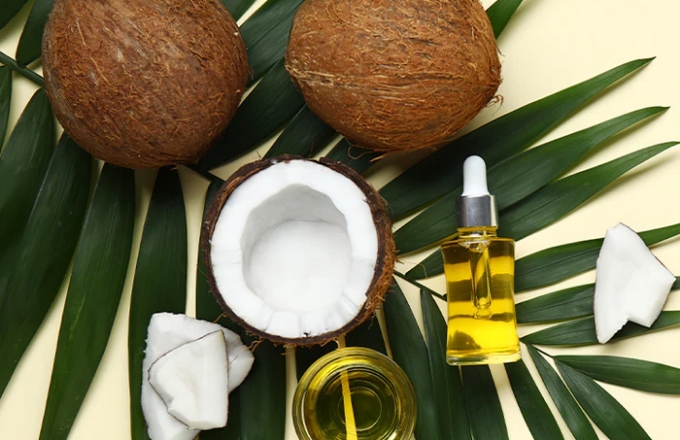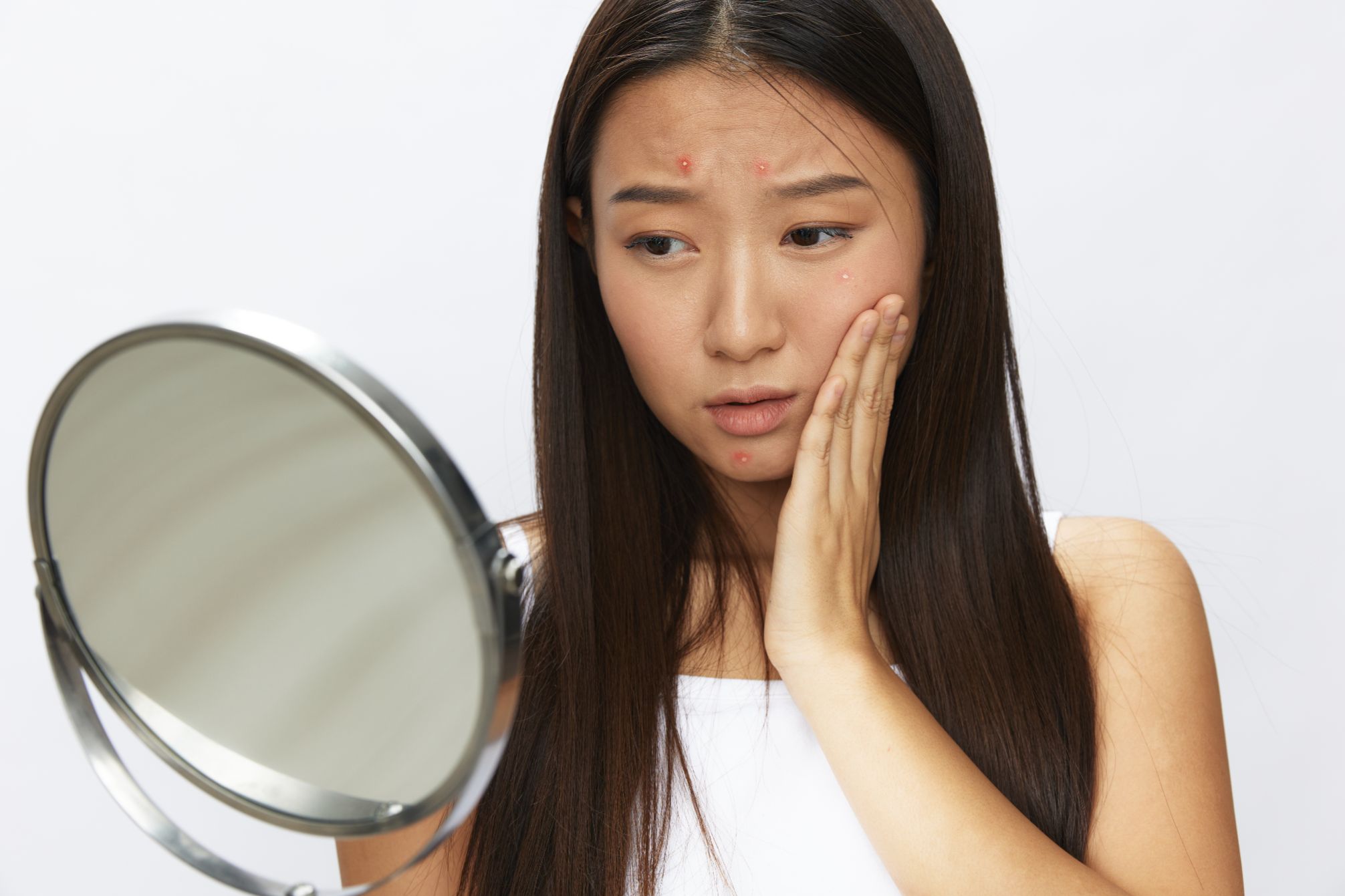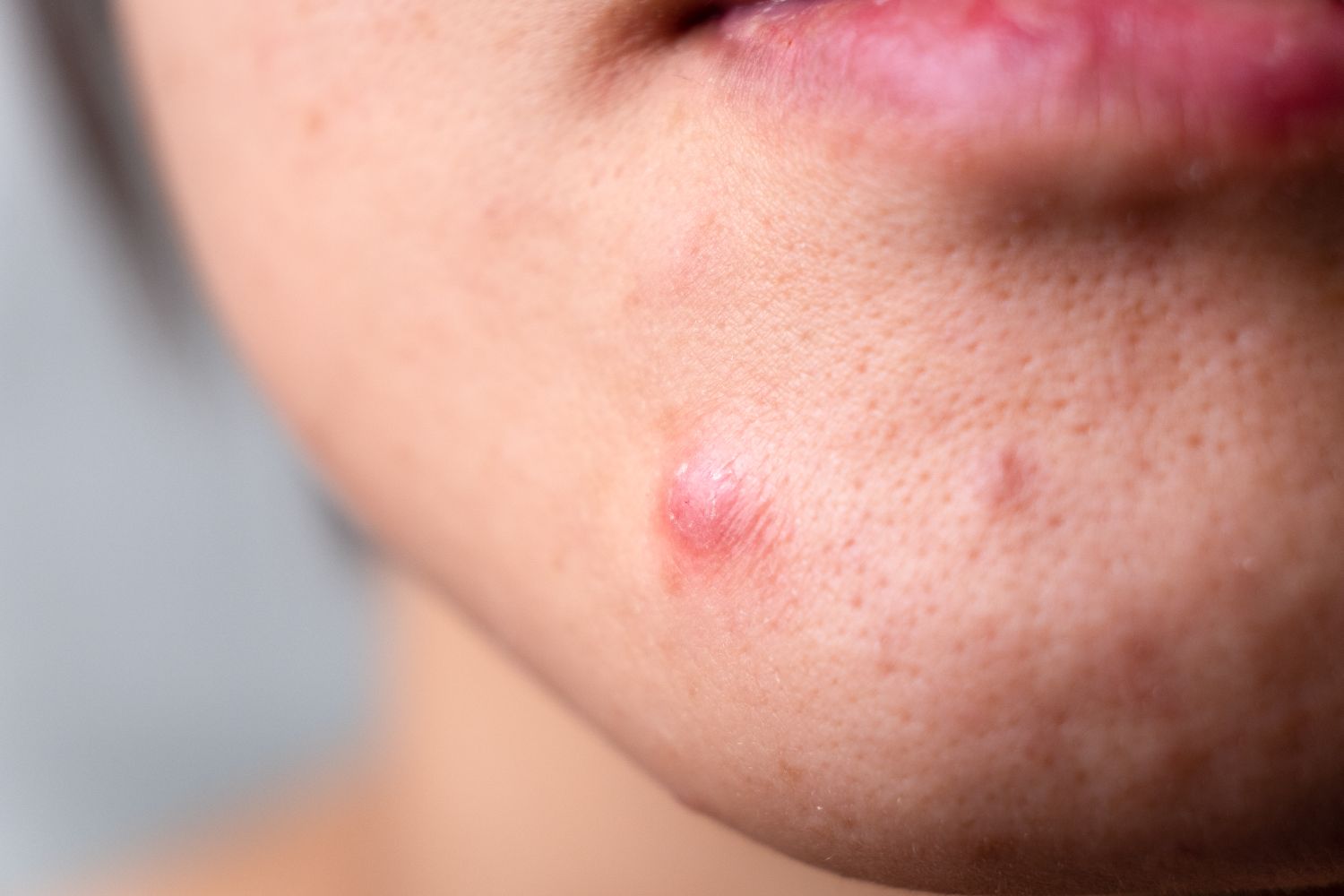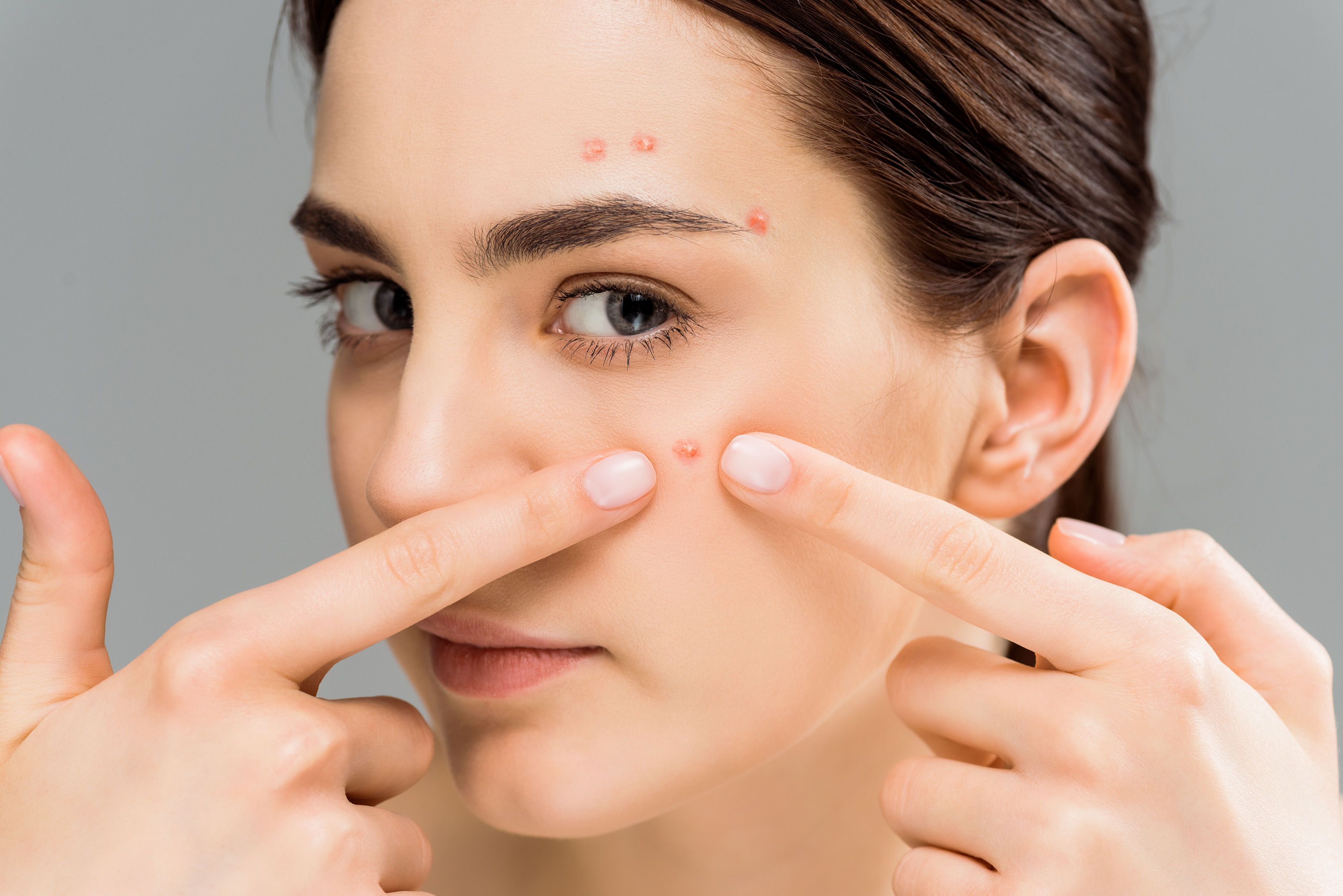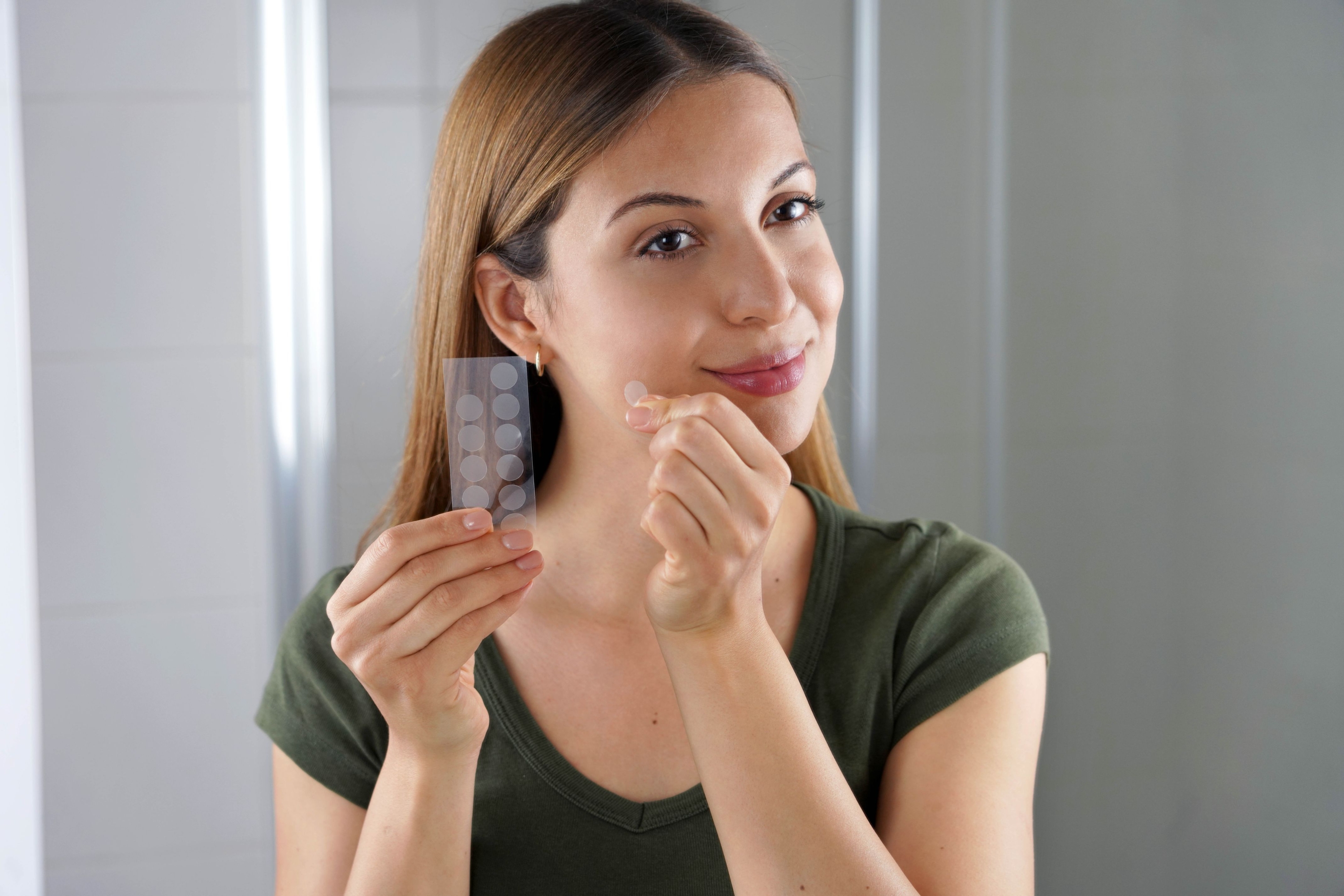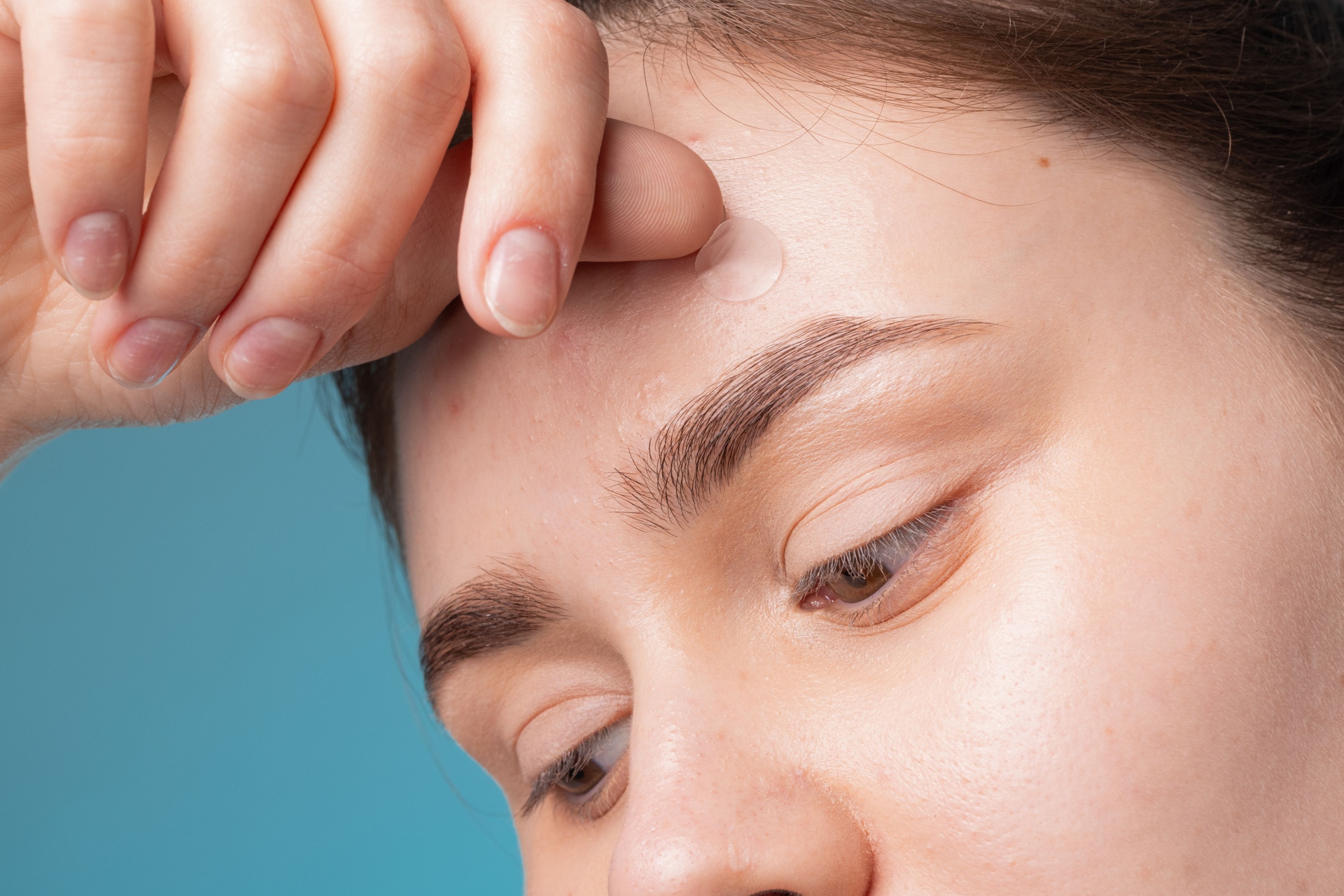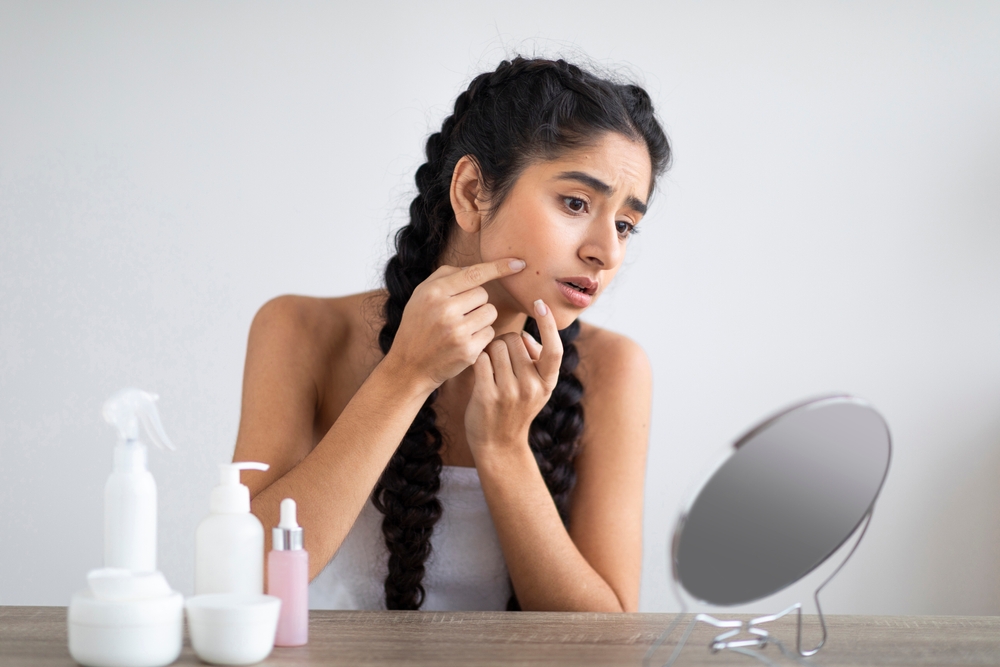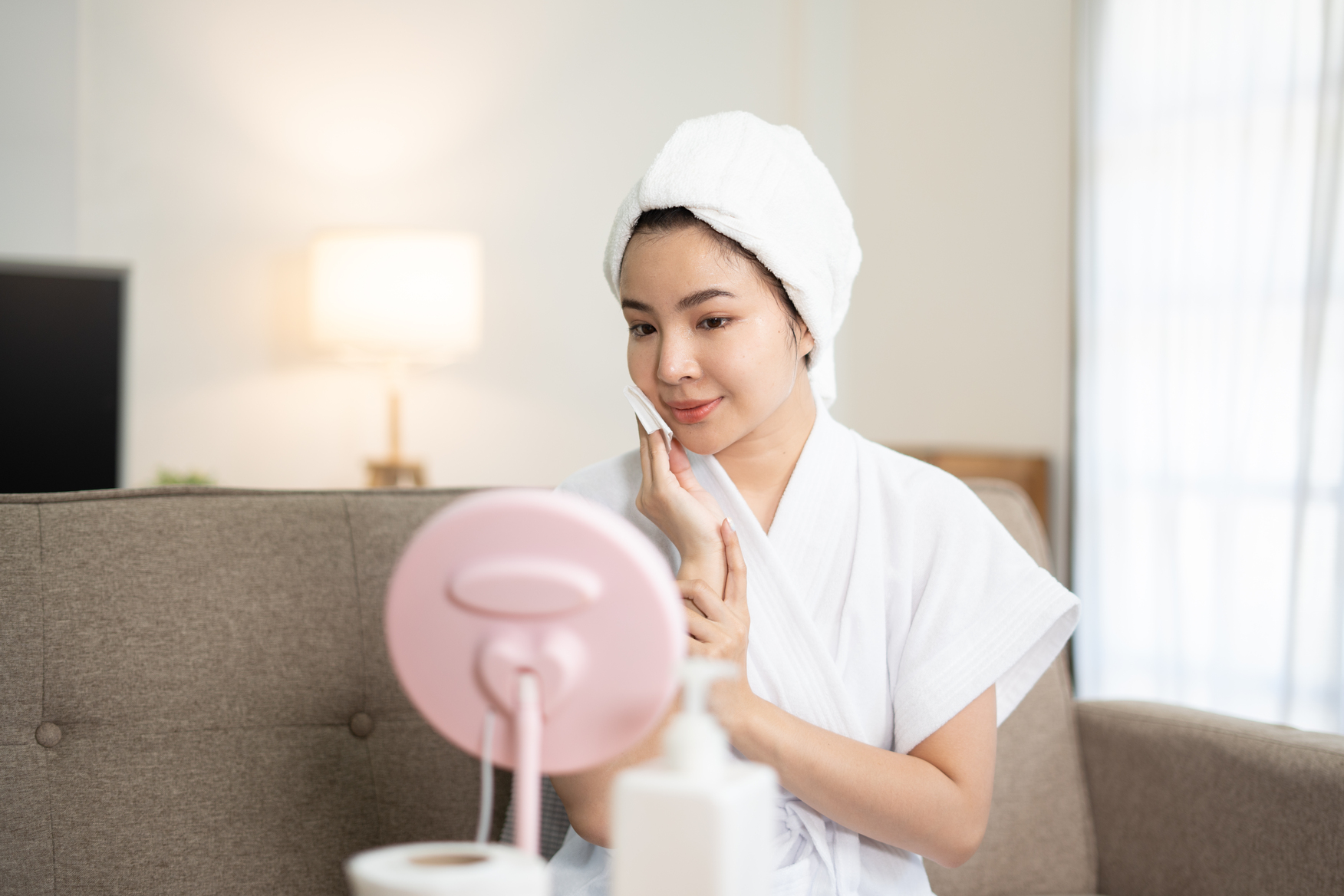Acne & Oily Skin
July 28, 2025
How Long Does a Pimple Last? A Healing and Prevention Guide
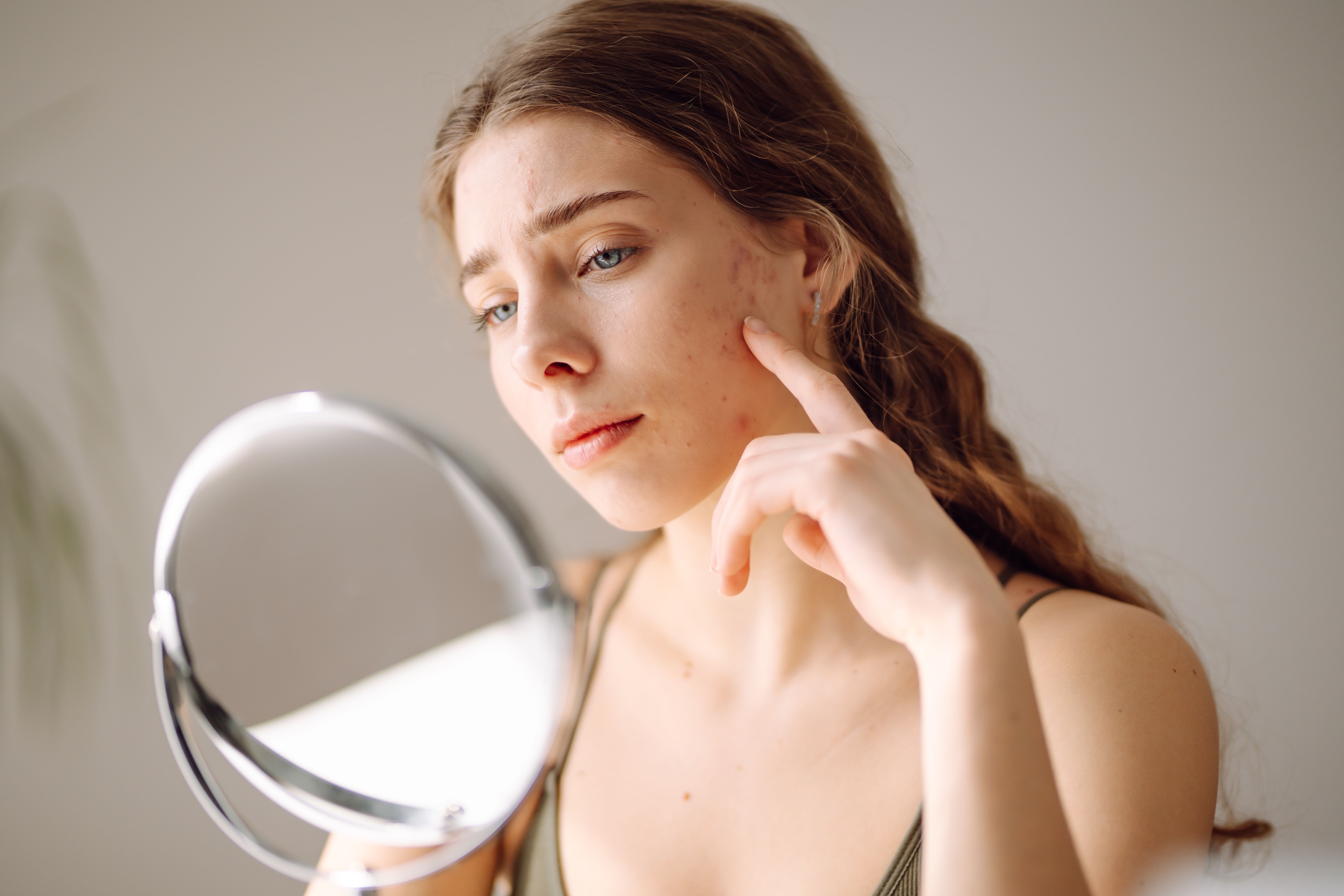
Acne is a common skin condition that affects people of all ages. While some pimples may disappear overnight, others can linger for weeks, causing discomfort and frustration. This comprehensive guide will help you understand how long pimples last, what factors influence their healing timeline, and how you can take actionable steps to speed up recovery.
What Causes Pimples?
First things first—pimples are caused by three main factors:
Excess Sebum Production
Sebum, the natural oil your skin produces, plays a crucial role in keeping it hydrated and protected. But when your sebaceous glands go into overdrive—whether from hormonal shifts, stress, or even what you’ve been eating—it can lead to clogged pores, which only increases the chance for pimple formation.
Clogged Pores
Your skin is continuously regenerating, and in the process, it sheds dead skin cells. Ideally, these cells slough off without causing any issues. However, when mixed with oils and external impurities like dirt and makeup, they can form substantial blockages. These clogged pores prevent your skin from breathing and lead to the formation of pimples.
Bacteria
Once your pores get blocked, bacteria like Propionibacterium acnes move in. These thrive in the oxygen-deprived environment of clogged pores, often causing inflammation and redness. That’s your skin’s way of fighting back, but the end result can be a pimple.
Types of Acne and Their Healing Durations
Acne comes in various forms, each with its own healing timeline:
| Acne Type | What Are They And How Do They Heal?
| Typical Healing Duration |
| Whiteheads | Whiteheads are clogged pores covered by skin, appearing as small, white bumps. They’re non-inflammatory and usually resolve with consistent cleansing and treatment. | 1–2 weeks |
| Blackheads | Blackheads are open, clogged pores, darkened by oxidation. These non-inflammatory blemishes respond well to regular cleansing and gentle exfoliation. | 1–2 weeks |
| Papules | Papules are inflamed red or pink bumps caused by clogged pores. They’re tender to the touch and take longer to heal, especially without the use of anti-inflammatory products. | A few weeks |
| Pustules | Pustules resemble papules but contain pus, forming raised white or yellow heads. Inflammation is common, and spot treatments may help reduce swelling and speed up healing. | A few weeks |
| Nodules | Nodules are deep, hard lumps beneath the skin’s surface caused by severe inflammation. They’re painful and may require professional treatment to heal effectively. |
Several weeks (may require professional care) |
| Cysts | Cysts are large, fluid-filled lumps beneath the skin caused by severe blockages and inflammation. Painful and persistent, they require medical intervention to heal fully. |
Several weeks (often require medical intervention) |
How Long Does a Pimple Last?
The lifespan of a pimple can generally be divided into three stages:
Stage 1: Formation (1–2 days)
Pore blockage begins, and bacteria start accumulating under the skin.
Stage 2: Inflammation (2–5 days)
Redness, swelling, and pus formation appear as the body fights off the bacterial infection.
Stage 3: Healing & Recovery (5–10 days)
The skin dries out, scabs form, and the spot fades.
Certain types of pimples, such as cystic acne, tend to last longer due to their deep-seated nature compared to surface-level acne like whiteheads and blackheads.
How to Make Pimples Go Away Faster
One of the most effective ways to shorten the lifespan of a pimple is through targeted treatments. Derma Angel’s pimple patch solutions are designed to align with the acne lifecycle:
Underground Pimples
Try using the Acne Patch Plus or the Clear Patch Intensive. These are ideal for deep, stubborn bumps that haven’t quite come to the surface yet.
Surface Pimples
The Acne Patch or Clear Patch Original is your go-to for these. They help to reduce swelling and protect your skin from picking and irritation.
Post-Pimple Marks
To brighten up those leftover marks, reach for the Spot Brightening Patch or the Clear Patch Brightening—they’re infused with ingredients to reduce pigmentation and even your skin tone.
Some specific active ingredients can help to accelerate healing:
Hydrocolloid
Hydrocolloid patches have become an easy solution for quick relief and faster healing. These small patches do more than protect blemishes—they actively absorb excess sebum and impurities from the skin. As a bonus, they shield breakouts from external irritants (or the temptation to pick!), allowing your skin to recover in a cleaner environment.
Salicylic Acid
Famous for its ability to tackle breakouts, salicylic acid helps to exfoliate the skin by breaking down the build-up of dead skin cells inside clogged pores. This improves skin texture while reducing the risk of future blockages. Salicylic acid shall be adapted in the routine for prone to acne skin which is a proactive way to support its healing process over time.
Tranexamic Acid
If post-acne marks or dark spots are your concern, tranexamic acid is a powerful ally. Known for its brightening and anti-pigmentation properties, this ingredient works to reduce discoloration and even the skin tone. While it takes consistent use for better results, it’s a calming and effective solution to target stubborn pigmentation.
Do’s and Don’ts for Faster Pimple Recovery
Do’s
- Apply pimple patches earlier
As soon as you notice an active breakout, applying a pimple patch can set the recovery process in motion. These patches seal off the area from bacteria and dirt, while drawing out impurities and soothing inflammation.
- Use gentle cleansers
Your skin needs to stay clean to heal properly. Stick with gentle cleansers that effectively clean your skin without stripping away its natural moisture.
- Keep skin moisturized
Even during a breakout, hydration is essential. A healthy skin barrier supports healing, reduces redness, and can prevent further irritation. Choose a light, non-comedogenic moisturizer to keep your skin balanced.
Don’ts
- Pick or squeeze pimples
While it’s tempting to take matters into your own hands, squeezing or picking at pimples typically causes more harm than good, which not only leads to swelling and scarring, but also helps bacteria to develop, doing no good in the healing process.
- Overuse of drying agents
Products like benzoyl peroxide or alcohol-based toners can be effective for treating acne, but overusing them may dry out your skin and lead to irritation.
- Forget to apply SPF
Sun protection is non-negotiable, especially when your skin is recovering. UV exposure may cause slow healing, hyperpigmentation, and make active breakouts more visible. Whether you’re staying indoors or stepping out, applying an SPF of at least 30 to protect your skin.
Preventing Pimples from Coming Back

Preventing acne involves adopting a good skincare routine and making certain lifestyle adjustments.
Daily Skincare Tips
- Cleansing: Cleanse your face twice daily to remove excess oil and dirt.
- Exfoliation: Regular exfoliation helps remove dead skin cells that can clog pores.
- Hydration: Keep your skin well-hydrated to maintain its natural barrier.
Lifestyle Factors
- Diet: Reduce sugar and dairy intake, which are known to exacerbate acne.
- Hydration: Drink plenty of water to keep your skin hydrated from within.
- Stress Management: High stress levels can trigger acne breakouts. Incorporate stress management techniques like meditation and yoga into your daily routine.
When to Consult a Dermatologist
If your acne persists beyond two weeks or worsens despite treatment, it's time to consult a dermatologist. Persistent acne could be a sign of an underlying issue that requires professional intervention.
What You Can Do Now
Whether you’re facing the occasional breakout or ongoing acne, our clinically tested pimple patches and skincare solutions are here to support faster healing and help prevent future breakouts.
Explore DermaAngel’s acne care products
By understanding the factors that influence how long pimples last and taking proactive steps to treat and prevent them, you can enjoy clearer, healthier skin.




